Qingming 3 - Zhang Qian & Local Temple Festival
Monday, April 05, 2010
 Chenggu, Shaanxi, China
Chenggu, Shaanxi, China
Hey Hey and a Big G'Day toya,
Being a huge Silk Road lover I can now not only say that I have visited the site where the actual Silk Road began in the ancient walled city of Xian but I can now happily say that I have visited the tomb of the man whose adventures actually paved the way for the transcontinental trade route that we know as the Silk Road. That now only leaves the dream of actually personally travelling the Silk Road which will take me from Xian city across the northern Silk Road to Kashgar city (bordering Kyrgyzstan and India) and then returning to Xian bus hopping it across the southern Silk Road.
I have tried twice to live this dream but each time my dream was halted.
Both times I was stopped in my tracks at the ticket office and wasn’t allowed to purchase the tickets west that I needed to begin my journey. My first try was in 2008 when twenty seven Chinese policemen were shot dead by locals trying to transport explosives across to Beijing in an attempt to disrupt the Olympics. My second attempt was last year just after the Urumqi uprising that resulted in the banning of our beloved Facebook here in China which continues and will no doubt last for several more years.
Qingming 1: Festival History
Qingming 2: The Wuhou Tomb & Temple
Those who have read my last two blogs (above) will know that this weekend China is in the middle of celebrating what is known as the Qingming 'Tomb Sweeping’ Festival and as I couldn’t get a ticket to Xian city I decided to go all Indiana Jones and Lara Croft and spend the weekend visiting several famous tombs in the Hanzhong area. Prior to visiting yesterday’s tomb I had actually done some research on the man buried beneath the grass covered mound. As for today’s, I actually had no idea who was laying beneath and what his claim to fame was.
Imagine my surprise when I found out it was the man who paved the way for the Silk Road.
Needless to say, that was enough for me to take that extra step, grab my whip and complete myself ‘tomb wise’ by morphing into Indiana Jones mode even though I knew that it there would be no Temples of Doom to be found nor was I on any kind of Last Crusades but I happily settled for the fact that there just might be several Crystal Skulls full of Beers to be located.
Our adventure began on a rather confusing note as when we arrived at the bus station (across from KFC) and went to purchase our tickets to Chenggu town (28 kilometers from Hanzhong city) the ticket girl showed me the computer screen which read two hundred and seventy Yuan and a bus that left at half past seven in the evening. I automatically thought she thought I was saying Cheng Du city in Sichuan and that was then followed by ten minutes of total confusion. In the end I found out she was printing off a day’s worth of tickets for the local Chenggu buses and I’m sure out of pity she personally led us to a small local bus upon which we then purchased the tickets.
When we arrived at the small Ghenggu bus station we grabbed a ten Yuan Taxi to the Zhang Qian Memorial which wasn’t what I was expecting but in the short space of a year soon will be. On top of the restorations that are happening they are actually expanding and building which I am sure will result in a memorial fit for the man buried beneath the grass covered tomb that can be found in the center of what I can currently describe as a building site. We spent an half an hour walking around, having pictures taken with several visitors and after leaving decided to follow the droves of locals making their way to and from a small village that is found behind Zhang Qian’s tomb. At the gate of the village we got to witness eighteen village elders cram themselves onto the back of a small tractor type vehicle.
When we arrived they had sixteen squashed in there but with the help of several friends they somehow managed another two.
At the village we were warmly welcomed into a hip and happening Qingming Festival that was being held at a small village temple completely packed with locals enjoying the sunshine and the afternoons colourful performances that of course included the vocal sounds that resemble several cats being skinned alive, the amped scrapes of erhu’s and the high pitched tapings of small wooden drums all of which somehow seem to find their way into your brain without using your ears and had you walking in the same off balance fashion as you do at a Dinosaur Jr concert full of feedback.
Which is of course cool when you’re a young twenty something.
But as you age seems to become unwarranted and less required to get through the set.
Over the next hour we were led by several elderly locals by our camera cords from room to room, from group of people to group of and to end our stay we got to pose and show the V sign for several group shots with the village leaders. We then grabbed a Tuk Tuk back to the bus station and ended our stay with a huge mouth watering bowl of won ton soup.
Now for a little on the guy beneath today’s Tomb Mound
Zhang Qian was an imperial envoy to the world outside of China in the 2nd century BC, during the time of the Han Dynasty. He was the first official diplomat to bring back reliable information about Central Asia to the Chinese imperial court (then under Emperor Wu of the Han Dynasty) and played an important pioneering role in the Chinese colonisation and conquest of the region now known as Xinjiang Province, the large autonomous region to the west of China that borders Tibet, Kyrgyzstan and Kazakhstan.
Today Zhang Qian's travels are associated with the major route of transcontinental trade that we all know as the Silk Road.
In essence, his missions opened to China the many kingdoms and products of a part of the world then unknown to the Chinese. Zhang Qian's accounts of his explorations of Central Asia are detailed in the Early Han historical chronicles, Records of the Grand Historian or Shiji, compiled by Sima Qian in the 1st century BCE.
Zhang Qian's Missions
Zhang Qian was born in Chenggu district just east of Hanzhong in the north central province of Shaanxi, China. He entered the capital, Chang'an, today's Xi'an, between 140 BCE and 134 BCE as a Gentleman, serving Emperor Wu of Han of the Han Dynasty. At the time the nomadic Xiongnu tribes, the name given to the Turkic peoples of Central Asia by the Chinese, controlled what is now Inner Mongolia and dominated the Western Regions, Xiyu, the areas neighboring the territory of the Han Dynasty.
In 138 BCE, Zhang Qian (pronounced JANG-CHYEN) set out through the tall stone gates of Chang’an (Xian Cities former name). He rode at the head of a caravan of one hundred Han soldiers, riding into the dusty, unknown lands to the west.
At this time, while the Roman Empire was just beginning to expand beyond Italy, the Han Empire controlled China. On their northwest border a strong nomadic tribe, the Xiung-nu (pronounced SHE-UNG-NU) posed a constant threat. The Xiung-nu often raided the frontier, taking from the border towns all the things they couldn’t get by trade. The Han emperors wanted allies who would help them fight the Xiung-nu. The Han had heard of a tribe further to the west called the Yueh-chih (U-AY-CHER) who might be friendly.
Zhang Qian, enlisted in a mission to seek out the Yueh-chih set out to cross the Xiung-nu territory. Almost immediately he was caught and sent to the Great Khan who held Zhang Qian and his men for ten years during which he granted him a wife by whom he had a son. In the course of time he was permitted greater freedom, Zhang Qian waited for his opportunity and succeeded in making an escape with his men.
He and his company made for the region where the Yueh-chih supposedly lived, only to find that they had moved even further west. As his party traveled on, they encountered prosperous and peaceful countries that welcomed them. Zhang Qian was surprised by the wealth of these lands, particularly their jade, their agricultural products like grapes and wine, which were unknown in China and their powerful and magnificent horses.
These Heavenly Horses were believed to have been born from pools of water and to sweat blood. They were also larger in size and of greater speed and endurance than Chinese horses and since their enemies, the Xiung-nu, were excellent horsemen with superior horses, these Heavenly Horses could help even the Chinese army's chances against the nomads. Zhang Qian also found that these countries were interested in the Chinese goods he and his party carried.
They especially prized silk which only the Chinese knew how to produce.
Finally Reaching Yueh-Chih.
Eventually Zhang Qian reached the Yueh-chih but his hopes of forming an alliance were disappointed as after their war with the Xiung-nu, the Yueh-chih had settled into "a rich and fertile land seldom harassed by robbers and now enjoyed a life of peace. Zhang Qian remained there for a year and then began his long journey home.
His return route took him again through Xiung-nu territory and he was again captured and held a year before managing to escape with his wife, his son and one companion, returning to Chang’an in 125 BCE, thirteen years after setting out.
Although his adventures failed to produce an alliance against the Xiung-nu, it strengthened Chinese resolve to rid them of the Xiung-nu threat. Now the Han rulers understood that there was much opportunity for trade and wealth if they could establish contact with the countries of the west and if they could acquire some of the Heavenly Horses, the Han armies would be stronger and more able to defeat future threats.
With this in mind, the Han emperors sent armies against the Xiung-nu, pushing the nomads away from the Han frontier. The Han armies left strong garrisons behind to protect the routes to the west. These routes quickly filled with merchants carrying Chinese silk, metalwork and art and returning with jade, wine, horses and other luxury items.
In the end, Zhang Qian’s adventures led to the start of a long march of merchants across great stretches of land and through wide spans of history. The trade links which resulted from his first trek and later expeditions opened regular trade between China, India, the Roman Empire and all the areas in between.
The Death of a Grand Messenger
Zhang Qian returned from his final expedition to the Wusun in 115 BCE. After his return he was honored with the post of grand messenger, making him among the nine highest ministers of the government but sadly a year later he died.
From his missions he brought back many important products, the most important being alfalfa seeds (for growing horse fodder), strong horses with hard hooves and knowledge of the extensive existence of new products, peoples, and technologies of the outside world. He died 114 BCE after spending some twenty-five years traveling on these dangerous and strategic missions. Although at a time in his life he was regarded with disgrace for being defeated by the Xiongnu, by the time of his death he had been bestowed with great honors by the emperor and has been held in esteem by posterity.
The Silk Road
My Visit to where the actual Silk Road began in Xian City
The history of the Silk Road is a history of movement and trade.
It is a history of traffic in which ambitious merchants moved goods from one large market town to another. It is not the history of an actual road made of bricks and pavement like those for which Rome was famous. Instead, the Silk Road was a general drift of movement across a series of connected routes. Together these routes formed a vague artery of trade through the heart of Asia. The Silk Road was more of a pattern of movement than a particular track. The pattern was made by chains of individuals who traveled, primarily for trade, short links of the total route.
Silks moved from China to the Mediterranean.
Glassware and grape wine returned.
Ideas and technologies such as Christianity and the paper-making process also traveled the length of the route but few people journeyed the entire distance. Most people only traveled from one major trading city to the next. Those few who did cross the whole route provide us with rare glimpses of the workings of trade across Asia. From their accounts, we can see the market towns and the landscape between them. We can read descriptions of the peoples along the route and the kingdoms, tribes and empires that controlled its sections.
Beers N Noodles toya…..shane
___________________________________________________________
The soundtrack to this entry was by Lou Reed
The album was ‘Walk On The Wild Side’
____________________________________________________________
Other Entries

 Chenggu, Shaanxi, China
Chenggu, Shaanxi, China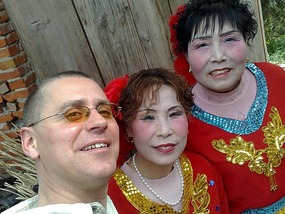
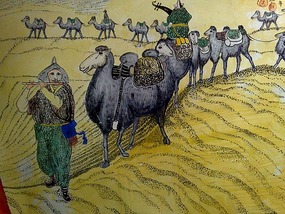
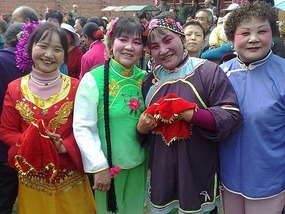
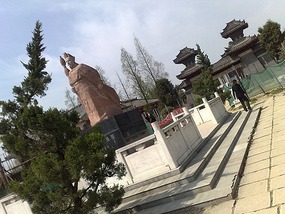
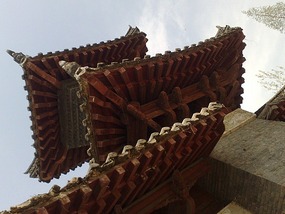
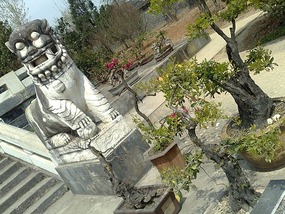
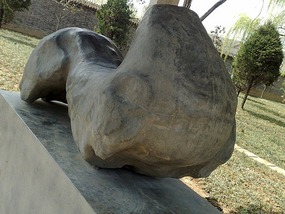

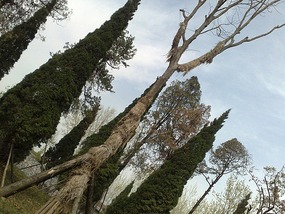

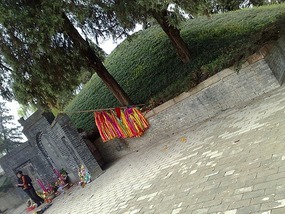


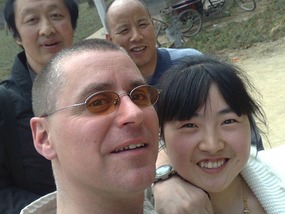
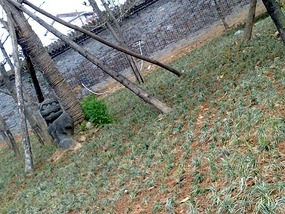

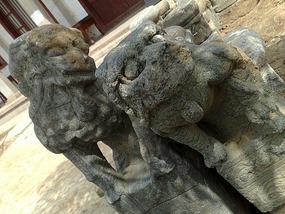
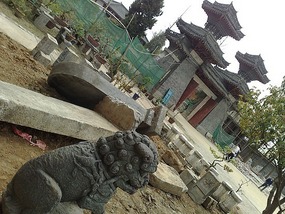
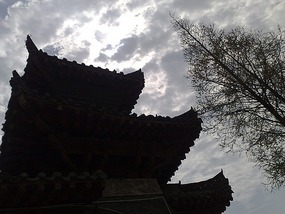


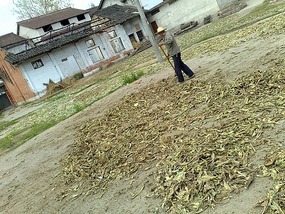
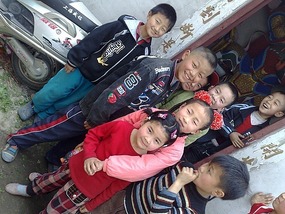
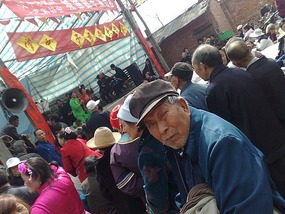
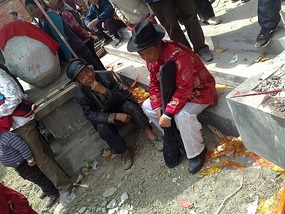

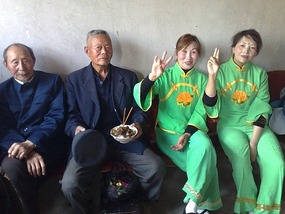
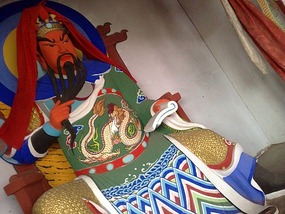
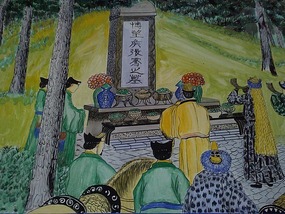
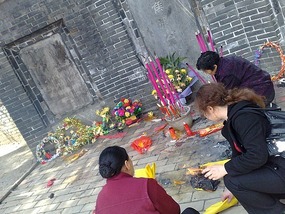
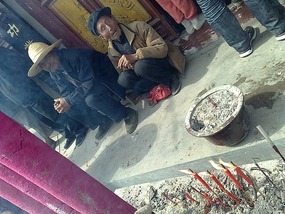

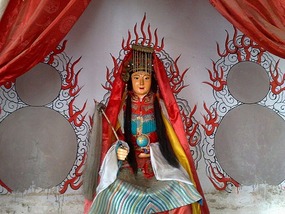
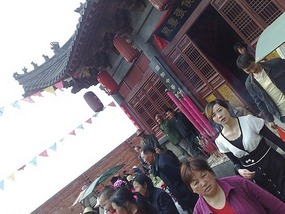
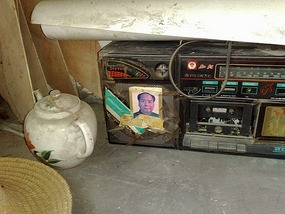
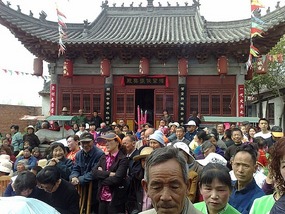
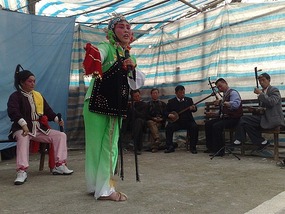
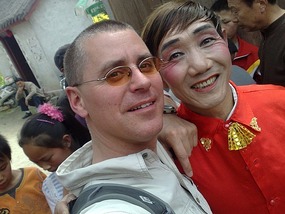

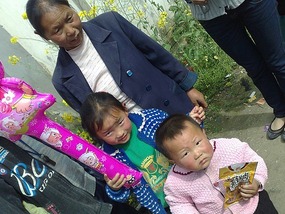

2025-05-22